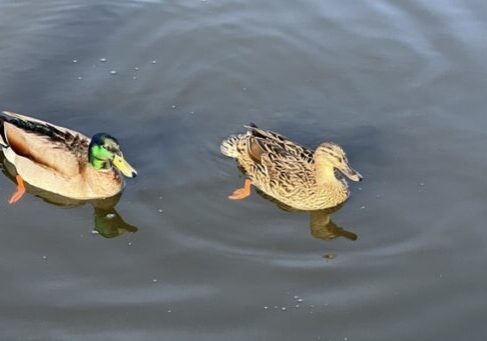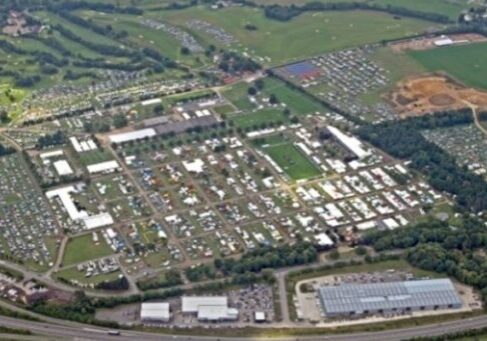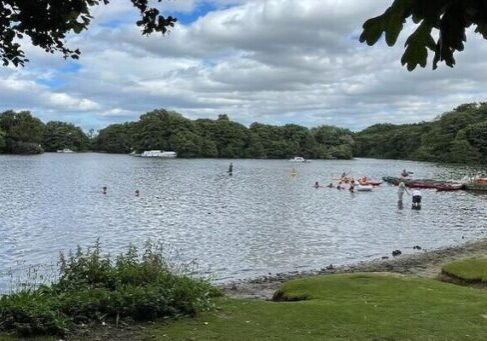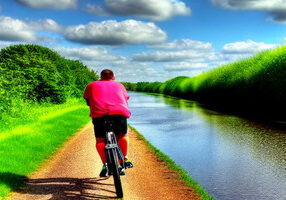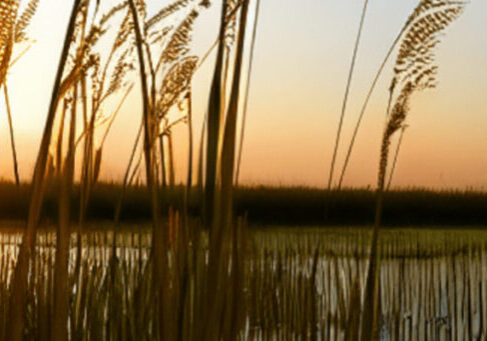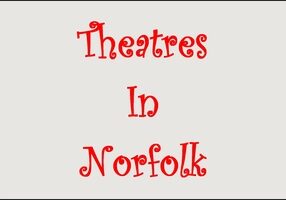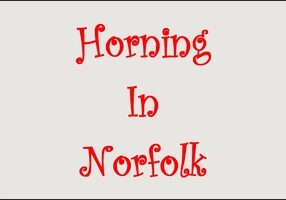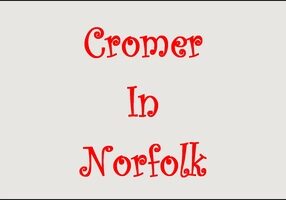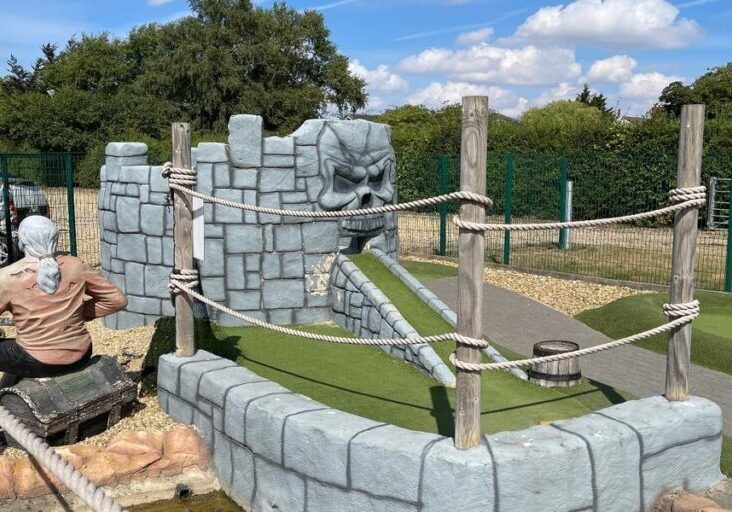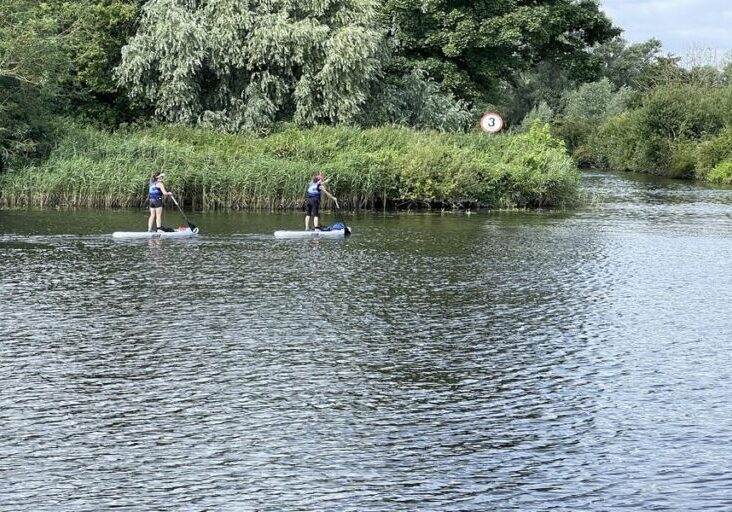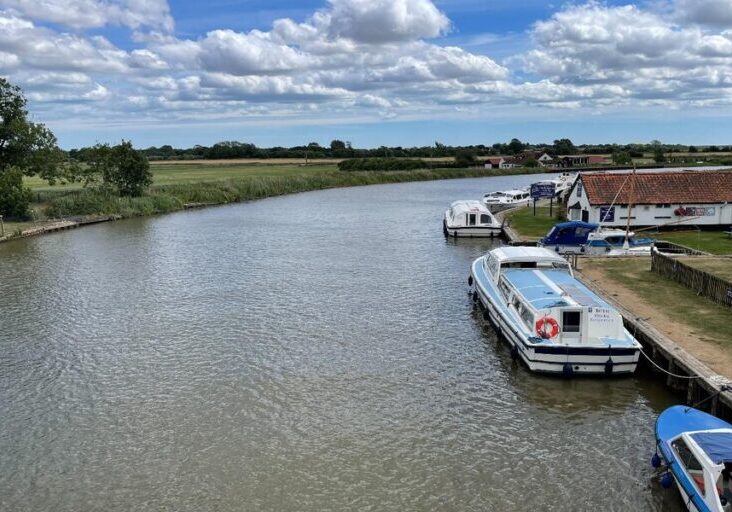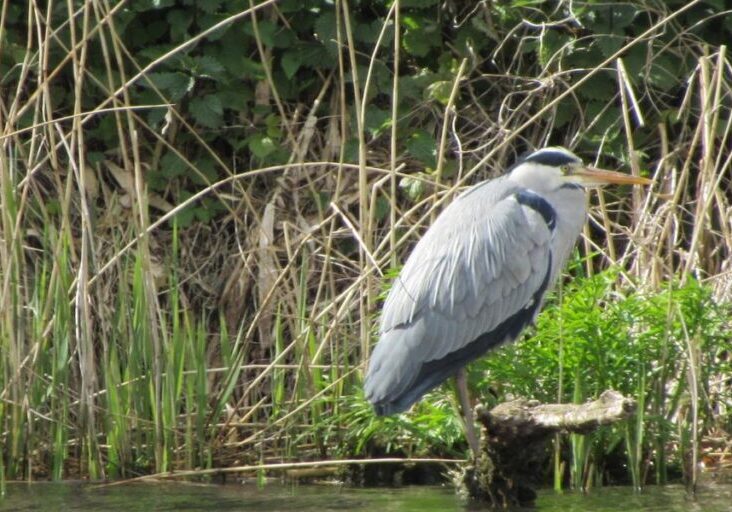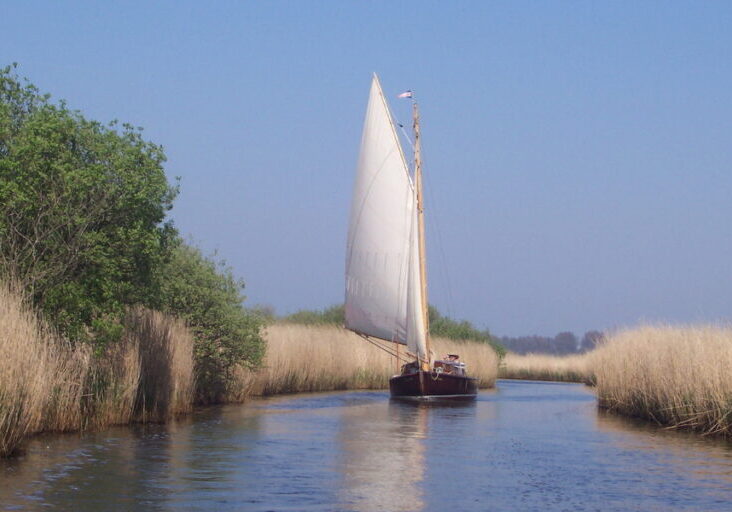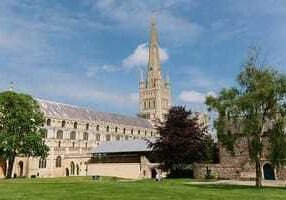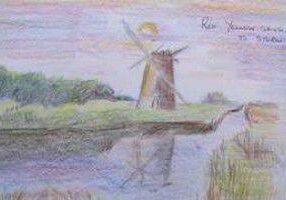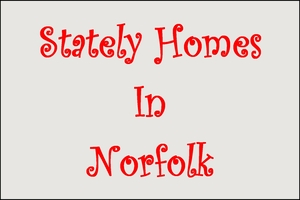
Stately Homes In Norfolk
If you’re staying at Swallowdale Holiday Home, you’ll want to check out some of the most historic Stately homes in Norfolk.
Home to some of the finest country estates in Norfolk, historic homes, stately estates, astounding houses and beautiful gardens. With a fascinating history, many of which have been preserved.
Holkham Hall
Holkham Hall is one of the most impressive historic houses in England. It is located just a few miles from Wells Next The Sea and is surrounded by acres of beautifully landscaped parkland. Holkham Hall has a fascinating history dating back to the 18th century when it was built for the first Earl of Leicester. Today, Holkham Hall is still very much a family home, where the family take great pride in sharing their stunning home with guests.
The Marble Hall, with its 50ft pressed plaster dome ceiling is a spectacular hall. With stairs leading to the impressive staterooms, where you will see an unbelievable collection of original furniture, paintings and tapestries.
Holkham Park
Holkham Park is a stunning 3,000-acre estate that surrounds Holkham Hall. It was designed by the famous landscape architect Capability Brown and features a variety of landscapes, including rolling hills, woodland, and lakes. The park is perfect for a relaxing stroll or a leisurely bike ride, and there are plenty of picnic spots along the way. Visitors can also take part in guided tours of the park or rent a boat to explore the lake.
Holkham Deer Park
The park is also home to a large herd of fallow deer that roam freely around the estate. Visitors can often spot them grazing in the meadows or hiding in the woodland. The deer have become an iconic part of the Holkham Hall experience, and many visitors come just to catch a glimpse of these majestic creatures. There are also guided deer walks available for those who want to learn more about these beautiful animals.
Keep at least 50 metres away when you're observing them. They are wild animals and should be respected as such. Be especially careful around the rutting season (mid-October to early November).
Holkam Ropes Course
For those looking for a bit of excitement, Holkham Hall has a thrilling ropes course. The course is located in the woodland area and features a variety of obstacles, including zip lines, rope bridges, and climbing walls. The course is suitable for both children and adults, and there are different levels of difficulty available. Visitors can book a session online or on arrival at the estate.
Holkham Woodland Play Area
The estate also has a fantastic woodland play area that is perfect for families with children. The play area is located in the heart of the woodland and features a variety of swings, slides, and climbing frames. There are also plenty of benches and picnic tables for parents to relax while their children play. The play area is open year-round and is free to enter.
Blickling Hall
Blickling Hall is a stunning Jacobean mansion located in the village of Blickling in Norfolk. The estate has a rich history that dates back to the 15th century and is known for its magnificent gardens and exquisite architecture.
Blickling Hall History
The history of Blickling Hall can be traced back to the 15th century when it was owned by Sir John Fastolf, a wealthy merchant and soldier who inspired the character of Falstaff in Shakespeare's Henry IV. Sir John built a manor house on the estate, which was later replaced by the present mansion in the early 17th century. The mansion was built by Sir Henry Hobart, the 1st Baronet of Blickling, and was designed by Robert Lyminge, a renowned architect of the time.
Over the years, Blickling Hall has been home to several notable figures, including the Hobart family, who owned the estate for over three centuries, and the renowned novelist Sir John Buchan, who lived in the mansion from 1929 to 1935. During World War II, the hall was used as a barracks and hospital by the British Army.
Today, Blickling Hall is managed by the National Trust and is open to the public, offering visitors a glimpse into its rich history and architectural splendour.
Blickling Hall Gardens
In addition to its magnificent mansion, Blickling Hall is also famous for its stunning gardens. The estate covers over 4,600 acres of land, and the gardens are spread over 55 acres. The gardens are a mix of formal and informal styles and offer a range of features and attractions.
The Parterre is one of the most popular features of the gardens. It is a formal garden designed in the shape of a Maltese cross and is planted with over 70,000 plants. The garden is surrounded by clipped yew hedges and features a beautiful fountain in the centre.
Another popular feature of the gardens is the Great Garden, which is a walled garden designed in the 18th century. It features a range of plants and flowers, including roses, dahlias, and delphiniums. The garden also has a beautiful herbaceous border that is planted with a range of colourful perennials.
The Wilderness is another must-see feature of the gardens. It is a wooded area that covers around 55 acres and features a range of native and exotic trees. The area also has several paths and trails that are perfect for a peaceful stroll.
Blickling Hall gardens are huge, an extensive area of parkland and woodland areas. You can walk or cycle around the gardens at your leisure. There are purpose-built tracks for cycling and many colour-coded signs to follow around the park if you fancy walking. You could easily spend a whole day here, so why not take a picnic with you!
Fishing at the lake in front of the Hall is allowed between the 1st of July and the 15th of March. Tickets are available for purchase at the machine in the car park. You will find Bream, carp and pike among many other fish when fishing in these beautiful surroundings.
Dogs are not allowed in the house or formal gardens but are allowed in the park and the courtyard.
Visiting Blickling Hall
Blickling Hall is open to the public from March to November, and visitors can explore the mansion, gardens, and parkland. The estate also hosts a range of events and activities throughout the year, including guided tours, concerts, and outdoor theatre performances.
Sandringham Estate
The Sandringham Estate is one of the most famous and iconic properties in Norfolk. Located on the coast of the North Sea, the estate has a rich history and a range of stunning features that draw visitors from all over the world.
Sandringham History
Sandringham Estate is a 20,000-acre country estate located in the county of Norfolk, England. The estate has been owned by the British royal family since 1862, and it is primarily used as a private residence for members of the royal family.
The history of Sandringham Estate can be traced back to the 16th century when it was owned by the local gentry. In 1771, the estate was purchased by Sir George Hoste, a naval officer who served in the American War of Independence. Sir George built the main house, which he named Sandringham Hall, in the Georgian style. The estate was sold in 1836 to Charles Spencer Cowper, who later became the Baroness Lucas of Crudwell.
In 1862, Sandringham Estate was purchased by the future King Edward VII, then Prince of Wales, as a country retreat for himself and his wife, Princess Alexandra of Denmark. The prince commissioned architect A.J. Humbert to remodel the house in the fashionable Victorian style, creating the Sandringham House that we see today.
Over the years, Sandringham Estate has played an important role in the life of the British royal family. It was the favourite country residence of King George V and Queen Mary, who often hosted weekend parties and shooting parties at Sandringham. The estate has also been the site of many royal christenings, including those of the current Queen Elizabeth II and her children.
In 1936, Sandringham Estate was inherited by King George VI, who made it his main country residence. During World War II, the estate was used as a training ground for the Home Guard, and Queen Elizabeth II, then Princess Elizabeth, famously trained as a mechanic on the estate during the war.
Today, Sandringham Estate is owned by the monarch and is used as a private residence for the royal family. The estate is also open to the public, with visitors able to explore the house, gardens, and museum. The estate remains an important part of the British royal family's history and heritage, providing a glimpse into the private lives of one of the world's most famous families.
Sandringham Gardens
One of the most striking features of the Sandringham Estate is its beautiful gardens. The estate is home to a range of different gardens, including the formal gardens around the main house, the woodland gardens, and the walled garden. These gardens are filled with a range of different plant species, from exotic flowers to local wildflowers and trees.
The Estate has an extensive network of walking and cycling paths that wind their way through the grounds. These paths offer visitors the chance to explore the estate at their own pace and take in the stunning views of the surrounding countryside.
Sandringham Estate Buildings
The estate is also home to a range of historic buildings and landmarks. Perhaps the most famous of these is the Sandringham House, which is the private home of the British Royal Family. The house was built in the late 19th century and has been the setting for many royal gatherings and events over the years. Other notable buildings on the estate include St. Mary Magdalene Church, which is the site of the royal family’s Christmas Day service, and the estate’s museum, which offers visitors a fascinating insight into the history and heritage of the Sandringham Estate.
Visiting Sandringham
Visitors to the Sandringham Estate can enjoy a range of different activities and experiences. Guided tours of the house and gardens are available throughout the year, allowing visitors to get a closer look at some of the estate’s most impressive features. The estate also hosts a range of events and activities throughout the year, from outdoor concerts and garden shows to falconry displays and craft fairs.
For those looking to stay overnight, there is a range of accommodation options available on the estate, including a variety of cottages and lodges. These offer visitors the chance to immerse themselves in the stunning natural surroundings of the estate and enjoy a truly relaxing and rejuvenating experience.
Felbrigg Hall
Located in the heart of Norfolk, Felbrigg Hall is a magnificent country estate that has been lovingly preserved and maintained for over 400 years. Surrounded by lush green gardens and parkland, the estate is a fascinating example of British architectural history, and a must-visit destination for anyone interested in the country's cultural heritage.
Felbrigg Hall History
Felbrigg Hall was built in the 17th century for the wealthy Suckling family, who were prominent members of the local aristocracy. The original house was a modest, two-story building, but over the years it was expanded and renovated, becoming the grand manor house that it is today.
In the 18th century, the estate was acquired by the Wyndham family, who continued to improve and expand the property, adding new wings, gardens, and parkland. They also amassed an impressive collection of art, antiques, and other treasures, many of which are still on display in the house today.
The estate remained in the Wyndham family for over two centuries, until it was donated to the National Trust in 1969. Since then, the house and gardens have been open to the public, allowing visitors to experience the beauty and history of Felbrigg Hall for themselves.
Architecture And Design
Felbrigg Hall is a stunning example of English Baroque architecture, with its symmetrical facade, elegant proportions, and intricate details. The house was designed by William Samwell, a prominent architect of the time, and features a central block flanked by two projecting wings, creating a U-shaped layout.
The interior of the house is equally impressive, with a series of beautifully decorated rooms that showcase the finest in Georgian design. Highlights include the ornate plasterwork on the ceilings, the intricate carvings on the fireplace mantels, and the richly patterned wallpapers and textiles.
The house also contains a number of impressive collections, including a library filled with rare books, an art gallery displaying works by renowned artists such as Gainsborough and Reynolds, and a collection of Chinese porcelain.
Felbrigg Hall Gardens
The gardens and parkland surrounding Felbrigg Hall are just as magnificent as the house itself, with over 500 acres of landscaped grounds to explore. The gardens feature a mix of formal and informal design elements, including a walled garden, a rose garden, and a wildflower meadow.
The parkland is home to a variety of wildlife, including deer, foxes, and a wide range of bird species. There are also several walking trails throughout the estate, offering visitors the chance to experience the beauty of the Norfolk countryside firsthand.
Visiting Felbrigg Hall
Felbrigg Hall is open to visitors from March to November, and there is plenty to see and do during your visit. Guided tours of the house are available, offering a fascinating glimpse into the lives of the families who lived there over the centuries. There are also a number of events and activities held throughout the year, including garden tours, art exhibitions, and live music performances.
For those looking to stay a little longer, there are a number of holiday cottages on the estate that can be rented for short breaks or longer stays. These cottages offer a unique opportunity to experience the tranquillity and beauty of the Norfolk countryside, with all the amenities and comforts of modern living.
Norfolk Stately Homes Conclusion
In conclusion, Norfolk stately homes are an integral part of the county's history and cultural heritage. These magnificent properties offer a glimpse into the past, showcasing the lifestyles of the aristocracy and gentry who once inhabited them. From their ornate architecture to the richly decorated interiors and impressive collections of art and antiques, stately homes in Norfolk are a treasure trove of history and beauty. Moreover, these properties play a vital role in supporting the local economy, providing employment opportunities and attracting visitors from all over the world. Despite the challenges of maintaining and preserving these grand estates, their owners and custodians continue to work tirelessly to ensure their survival and share their rich cultural legacy with future generations. As such, stately homes in Norfolk remain a source of pride for the county and a beloved attraction for visitors seeking a glimpse into the past.

